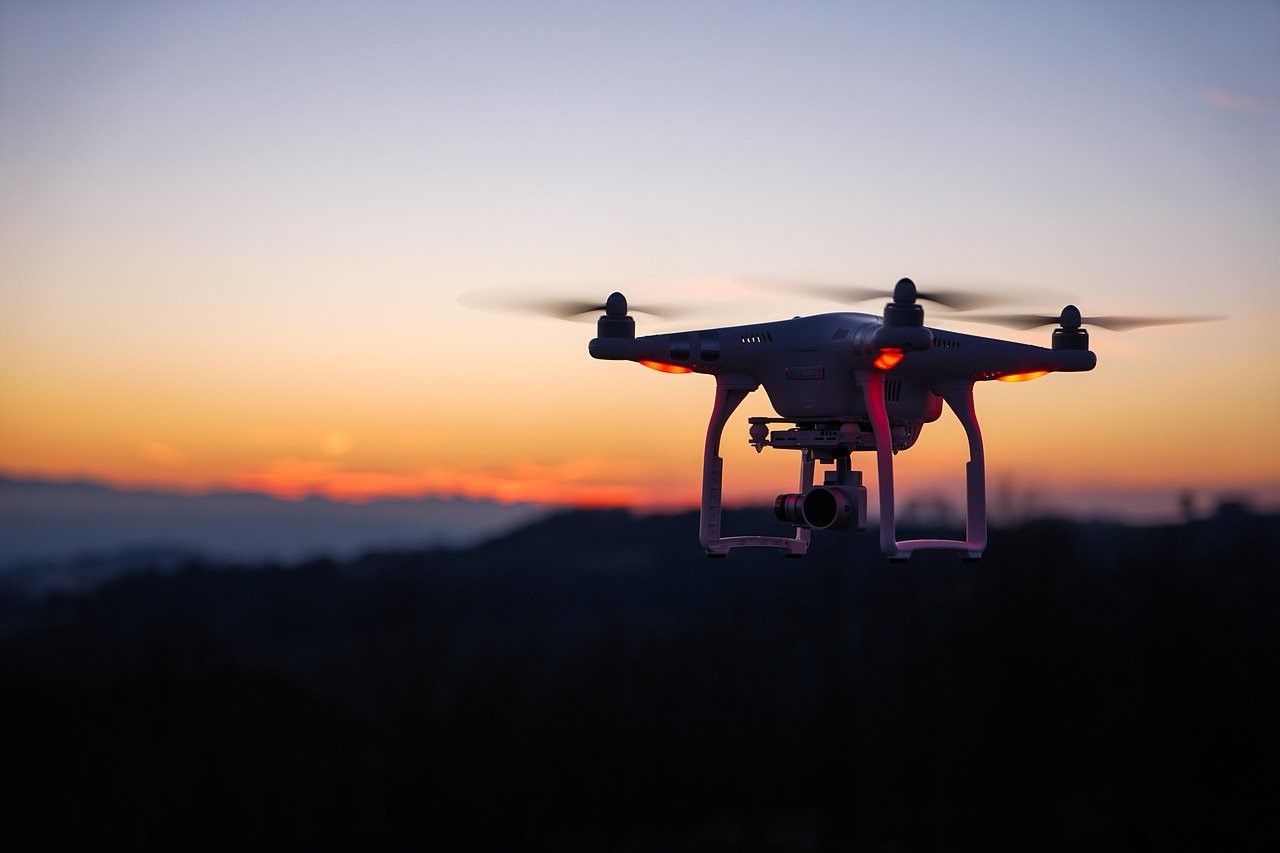Since extreme natural events are occuring more frequently, it creates increasing criticalities for countless aspects of human activity. Among others, the aeronautical sector is forced to adapt vehicles and services to weather conditions, especially as regards volcanic eruptions. Etna is a clear example of this, which blocks the air traffic of Catania’s Fontanarossa Airport with each eruption. In this sense, an increasingly efficient environmental modeling can help reduce inconvenience and limit airspace closures to only those areas that are actually involved. The effectiveness of modeling has been linked in recent years to the use of drones, which can provide an enormous amount of timely data, but which can often be damaged by the same events they are called upon to monitor: think for example of the catastrophic effect that they may have hot volcanic ash. The Aeromat project, funded by the PON Research and Innovation 2014 – 2020 and FSC call, in which Proplast actively participates, has set itself the goal of developing innovative technological solutions in the field of environmental modeling and in the development of new materials that can improve performance of devices operating in active volcanic environments.
Within the project, Proplast had the task of developing epoxy resin-based polymeric systems with improved abrasion resistance from volcanic ash. Titanium oxide and cloisite, a montmorillonite modified to improve compatibility with polymers, were the two additives selected for the blends. The materials were tested with a three-body abrasion system that simulates volcanic ash with corundum sand. The samples were monitored through lost loss and through optical surface analysis, from which the improved performance of the mixtures with anti-abrasive additives emerged.
The formulation deemed best was the one with epoxy resin with the addition of 1% cloisite. This mixture could be selected both as an anti-abrasive coating and as an impregnating agent for the production of carbon fiber-based panels, which could replace some structural components of a new generation of drones.
Irene Kociolek
Proplast thanks the Fondazione Cassa di Risparmio di Alessandria for its contribution.
